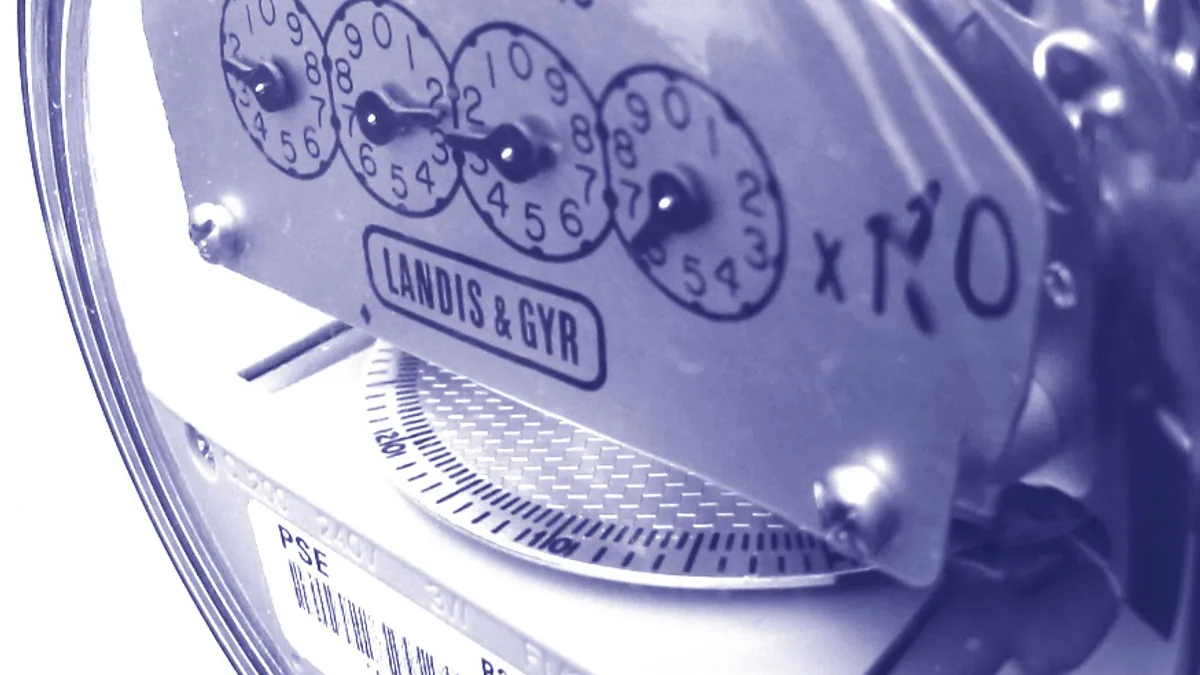Dive Brief:
- The California Public Utilities Commission (CPUC) unanimously rejected a proposal by San Diego Gas & Electric (SDG&E) that would shift peak pricing for customers on time-varying rates from mid-day toward evening hours. The regulators found the methods and data used to validate the proposal inadequate.
- With the decision, the CPUC announced a new docket to study peak demand period shifting caused by increased penetrations of rooftop solar and other distributed generation (DG) and associated rate impacts.
- Despite rejecting the peak period projections submitted by SDG&E and the California Independent System Operator, the outcome of the CPUC study on shifting peak demand could significantly impact the bills of non-residential utility customers, including cities, school districts, and businesses that pay time varying rates and demand charges.
Dive Insight:
The question of shifting peak demand periods is expected to become a regulatory focus as California utilities move toward time-varying rates for residential customers. The CPUC voted unanimously on July 3 to flatten the current four-tiered electricity rate system to two tiers and institute time-of-use rates by 2019.
California’s investor owned utilities hailed the CPUC rate reform as a step toward making rates fair. The Utility Reform Network (TURN), a utility watchdog, condemned it, and solar advocates are studying it warily.
As the infamous Duck Curve shows, there are sharp daily peaks in demand. To cope with them, the grid operator must have flexible reserves that can ramp up and down quickly. But in non-summer months, according to California’s grid operator, peak demand could soon be near the full variable generation capacity. Under the state’s loading order, much of the state’s dispatchable generation cannot be backed off. The grid operator’s only option for balancing the system would be curtailing renewables unless time-varying rates drive changes in customer usage.













